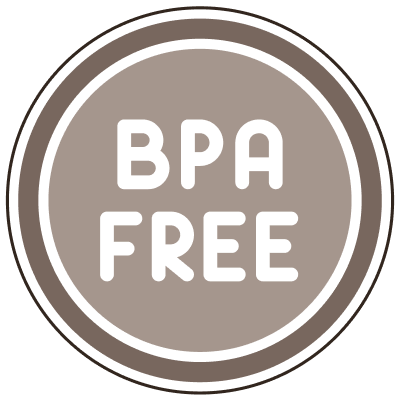As a young parent, you want nothing more than for your little one to be safe and comfortable, and one of the most important ways to ensure this is by carefully choosing the right baby clothes. From materials to fit, there are several factors to consider when selecting garments for your baby.
In my work as a Neonatology nurse, I see many different baby clothes come by. What they have in common is that baby clothes are actually always cute, whether it's your taste or not. Just not all clothes are equally practical, safe or comfortable for your baby.
So how do you still choose the safest and most comfortable baby clothes?
Here are some tips to help you make the best choices:
1. Choose soft and breathable materials:
Your baby's skin is delicate and sensitive, so it is important to choose clothing that is soft and breathable. Cotton or wool are often good choices because it feels comfortable, breathes and does not cause irritation. Prefer not to choose polyester. Because polyester is synthetic, it can retain heat and moisture, which can lead to overheating and discomfort, especially in babies with sensitive skin. Some babies may also be allergic to certain chemicals used in polyester during the manufacturing process.
2. Check for loose decorations:
Embellishments such as buttons, bows or cords can pose a choking hazard if they come loose. Make sure these are securely attached or avoid them altogether, especially with clothing for newborns.
3. Ensure a comfortable fit:
Choose garments that allow enough room for movement and growth but are not too loose to avoid choking hazards. For example, a shirt that is too large can cause the fabric to come over your baby's head. Elastic bands and soft cuffs can help keep clothes comfortably in place. Large bows or buckles on the back may look cute or cool in the store but remember that a young baby spends most of the day lying down. Then such a detail may not be so comfortable for your baby. Also, clothes that are too tight or that your baby cannot move well in are not very comfortable. Take jeans; they barely give your child room to bend his legs. That's why we chose a French Terry in denim color for our denim pants Levi . That way you have the look of jeans but with the comfort of sweatpants.
4. Avoid irritating labels:
Labels can cause irritation on your baby's sensitive skin. Look for clothing cotton labels or carefully remove labels before putting clothes on your baby. Again, synthetic labels can cause irritation, as well as overly large labels with sharp edges.
The labels of our Moalie collection are made of Organic cotton to reduce irritation.
5. Choose practical closures:
Clothing with simple closures such as snaps or zippers can make dressing and undressing your baby much easier than clothing with complicated closures. In the newborn stage, wrap-around shirts and rompers can be a godsend. After all, many babies don't like it when something goes over their head.
If you choose something with Velcro, check that it is soft to the touch. Some Velcro is very hard and its corners, in particular, can damage your baby's skin. In the hospital, I sometimes see real newborns with abrasions as a result of Velcro.
6. Wash new Baby Clothing before use:
New clothing may contain chemicals or dyes that can irritate your baby's sensitive skin. Always wash new clothing before use to remove any residue. Use a neutral detergent to do this. Special baby detergents are available that are formulated with mild ingredients and contain no added dyes or perfumes. These are often designed to be hypoallergenic and are gentle on babies' sensitive skin.
Avoid fabric softeners with added fragrances and dyes, as they can be potentially irritating to babies' sensitive skin. Instead, choose products that are free of added perfumes and dyes.

By keeping these tips in mind when choosing baby clothes, you can ensure that your little one not only looks cute but also feels comfortable.
Invest in quality clothing that not only feels good, but also meets the highest standards for safety and comfort.





